Northern Harriers – Darned Difficult
When I started shooting birds, I wanted to get the killer shot of an Eagle. That was it. I wanted a kick’n shot of an Eagle. But after spending way too much time in the nature reserves and giving buckets of blood to vampire bugs of all sorts, I came to realize one of the coolest birds out there is the Northern Harrier.
A Harrier is a long-tailed hawk that loves grasslands and marshes and strikes down at rodents. I suspect they then eat them. They can hover and seem to float straight up and down out of the grasses. I guess that is why the British named their vertical takeoff and landing jet after this wonderful bird.
Above are some shots I am proud of taken from many different excursions. Proud because of how difficult it is to snag a shot of this acrobat. I still have not nailed the killer Harrier shot I lust after, but here are a few anyway. Check back every once in a while as I will post good ones when I get them.
Impossible to Shoot
They don’t seem to be very fast but have a very irregular flight zigging and zagging in all three dimensions and fly just in and out of the high grasses making focusing nearly impossible. I have used my Canon 70-200mm 2.8 L IS II with and without a 1.4x teleconverter but just couldn’t pull the birds in close enough. Now I am using my new Canon 500mm f/4 and have way better luck getting to them but tracking and focusing is my weakness.
Focusing is near impossible, since they fly so close to the interfering grasses, you have to keep your focus point directly on the darn thing. I only use the center focus point and have all that automatic stuff turned off as it just doesn’t work for me in these situations. The camera’s automatic, do-it-all-for-you focusing system seems to want to me to take pictures of random grasses, distant water towers, and anything without feathers.
Tips to Get Them
The biggest tip is simply to practice. Practice on robins in your yard or anything that moves. Keeping the center focus point on a bobbing and weaving bird is a skill that comes only from practice. I use a tripod with a gimbal head but I have seen some out there hand-holding big lenses. These folks are better shooters than I will ever be because I simply cannot do that. But here are a few things you can do to nail some keepers:
- Start with my standard settings
- Turn off image stabilization (slows the camera down for some reason)
- Turn on AI Servo (focus tracking)
- Try aperture of f/5.6
Take a test shot and make sure your shutter is at least 1/2000 or higher; if not bump up your ISO higher. If you are shooting against a bright sky, set your exposure compensation to +1 to lighten up the dark bird.
If your camera does not have AI Servo focusing, that is OK as it is not required but it can help. Having a closed down aperture of say f/8 or more can help with getting the buggers in focus as you have deeper depth of field (more in focus); however you pay for this with a decrease in shutter speed that can result in a blurred bird. So there is a big balancing act with the settings. That is why you need some test shots to give you a feel for what ISO and aperture you can get away with and still keep your shutter speed up.
Some pro Birder Brains I met out there in the marshes will shoot real high ISOs so they get both narrow apertures for deep depth of field (improves odds of being in focus) and fast shutters. But high ISOs lower picture quality therefore requiring perfect metering to get good looking results. I am not that good. So I use the volume game: fast shutter, wider aperture of f/5.6, ISO of 400, and rapid fire, continuous shooting and focusing. If you blast enough shots, something will have to look good.
One more thing, I have had bad results with a 1.4x teleconverter. This brings the bird in closer but slows down the camera. Better to crop later than try and get this bird in close with magnifiers like a teleconverter.
The Equipment:
- Canon 5D Mk II
- Canon 500mm IS f/4
- Gitzo tripod with Wimberly head
- Patience and choice cuss words
- Deet

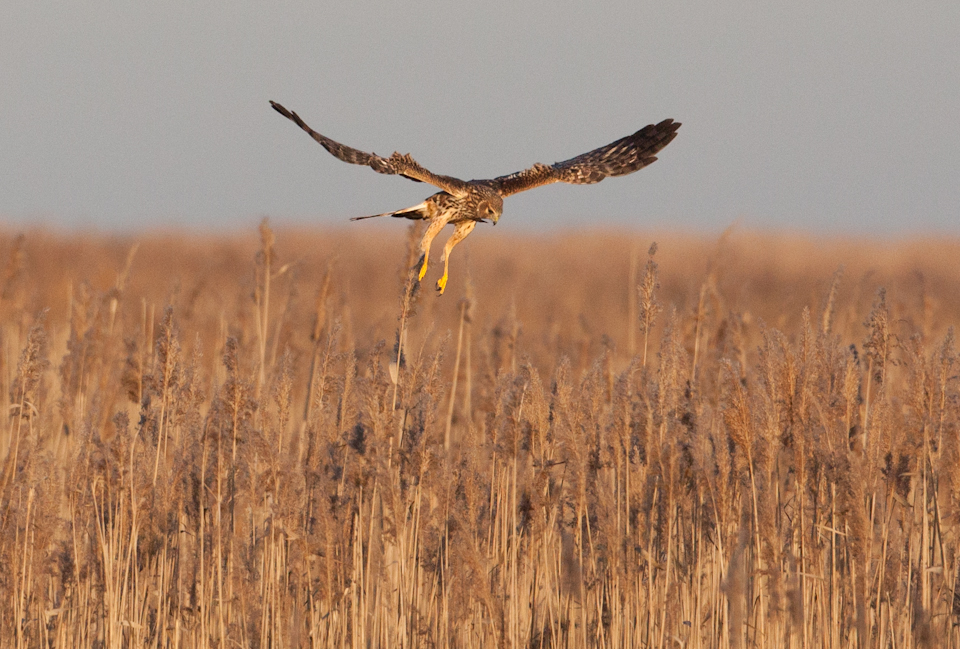
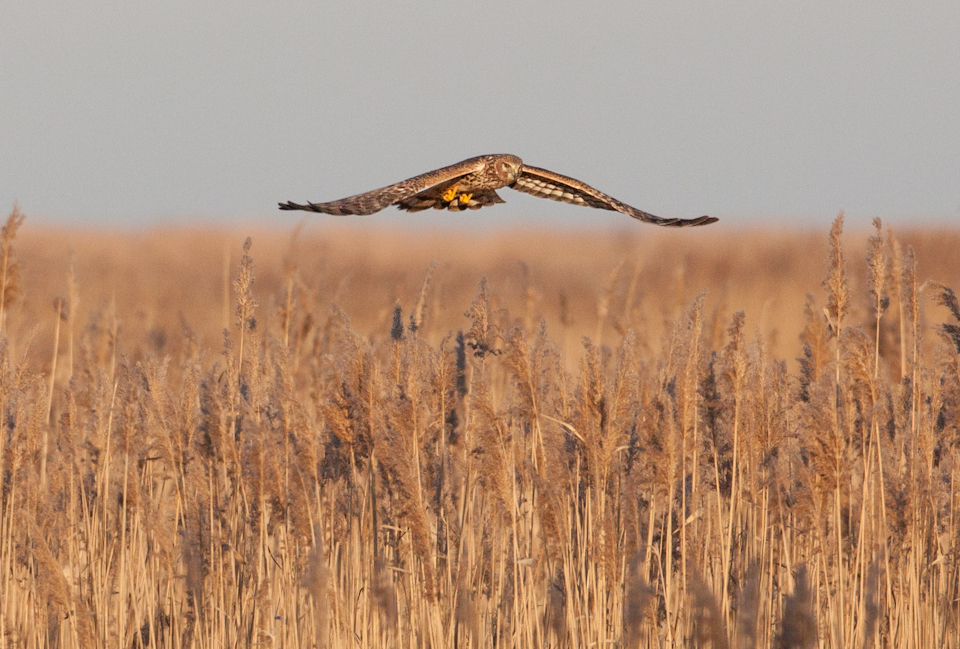
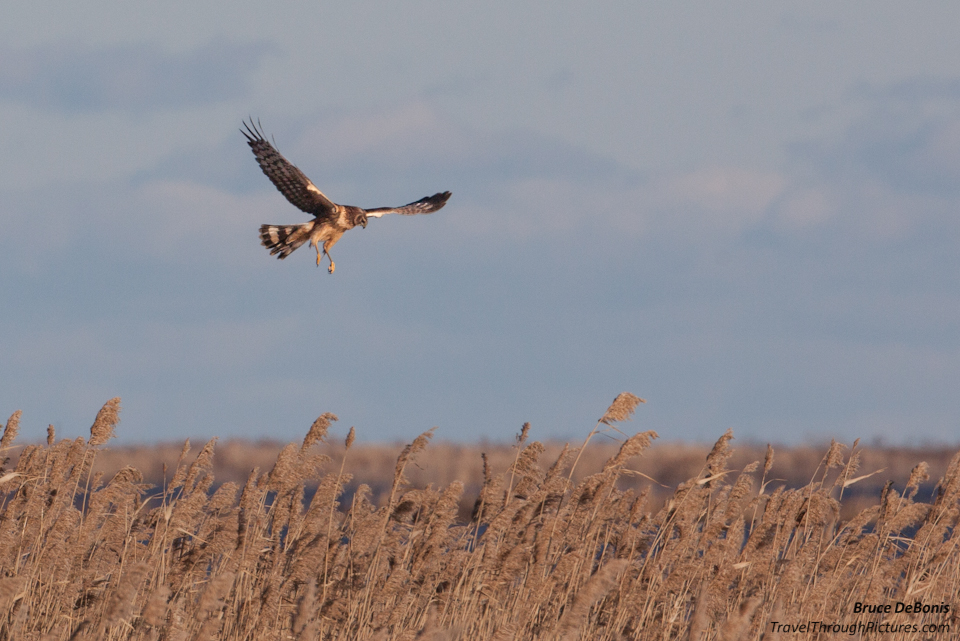
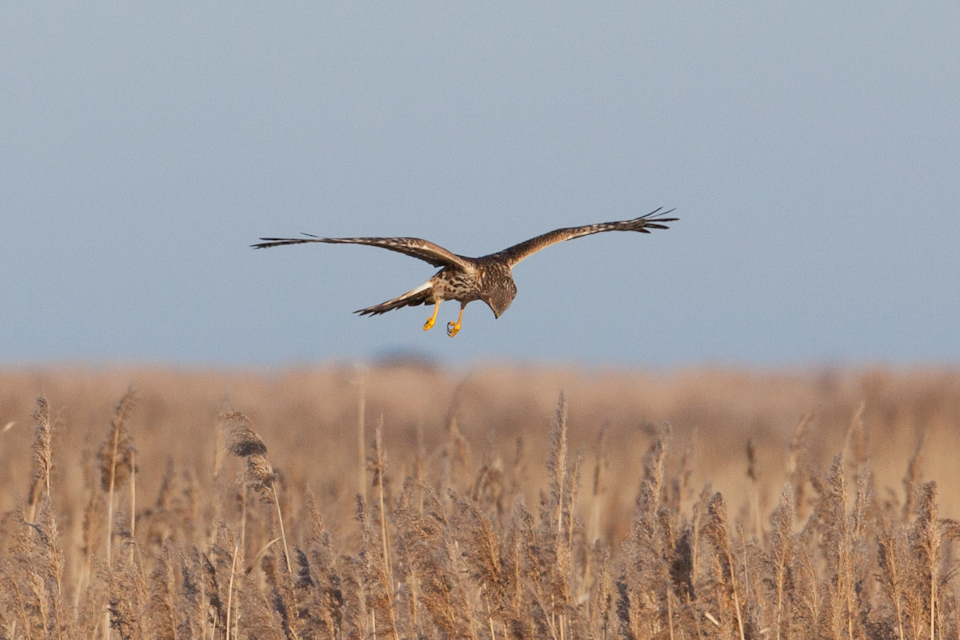
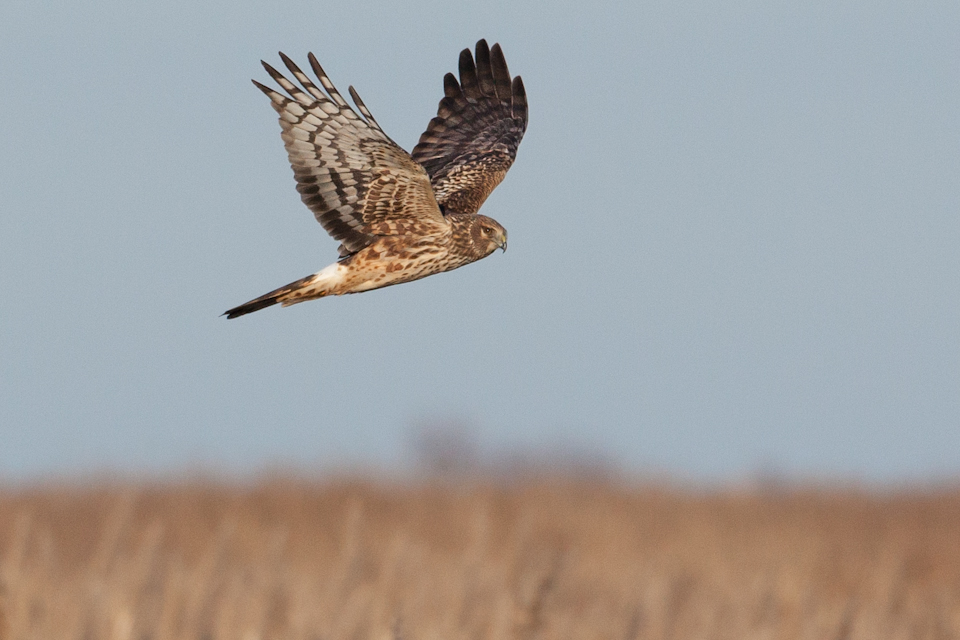
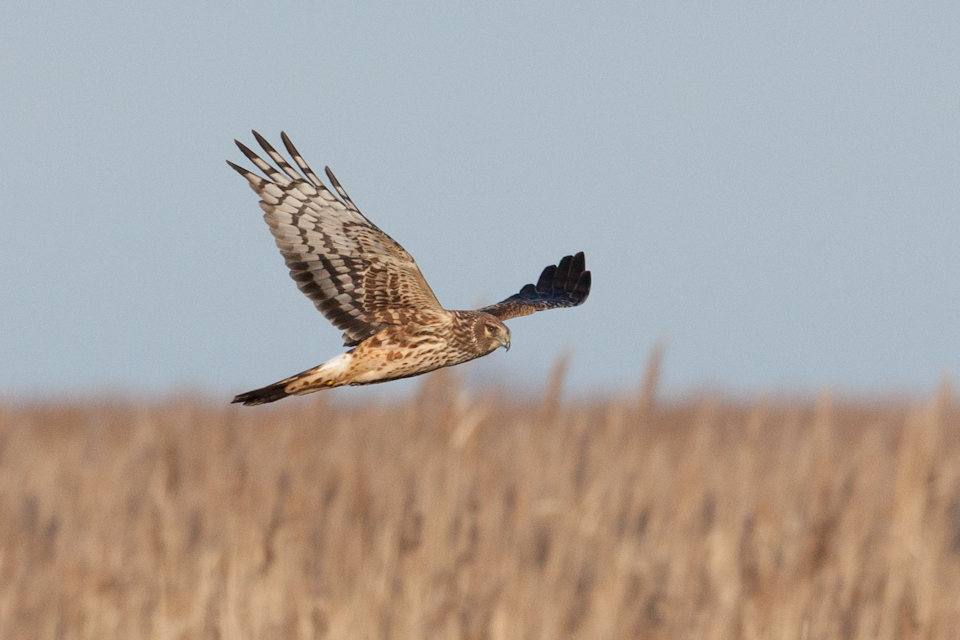
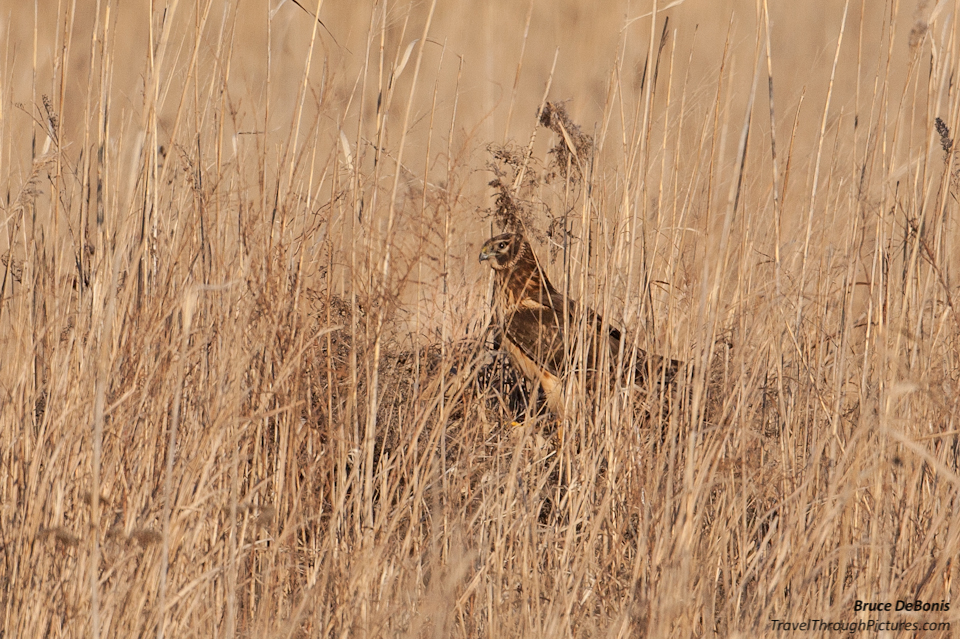
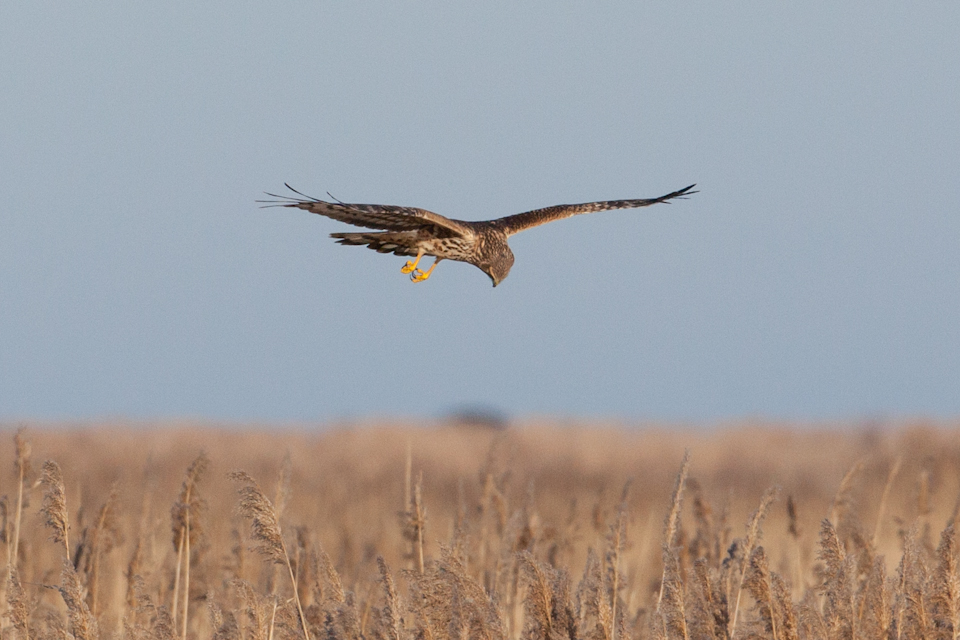
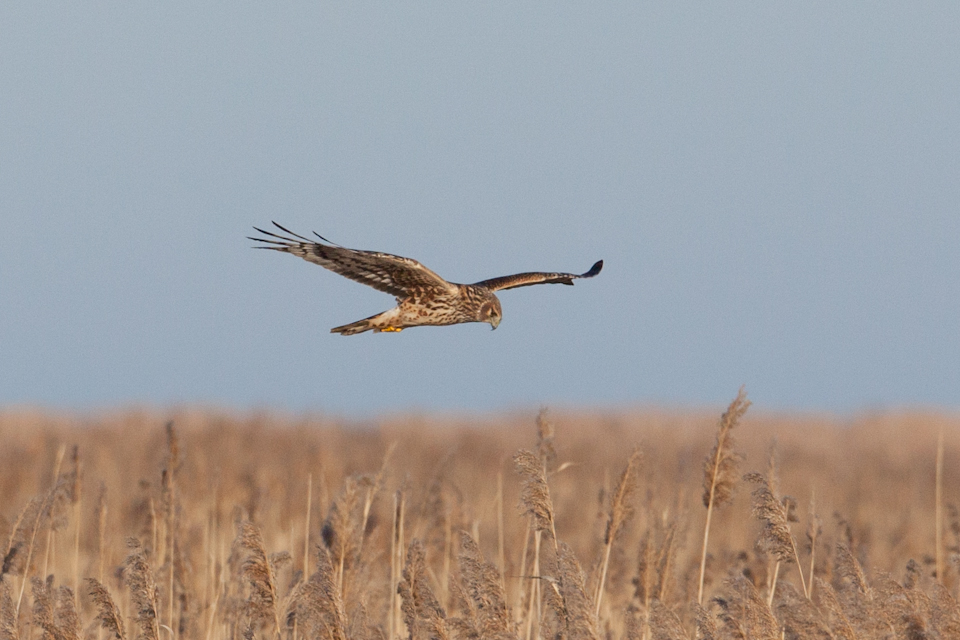
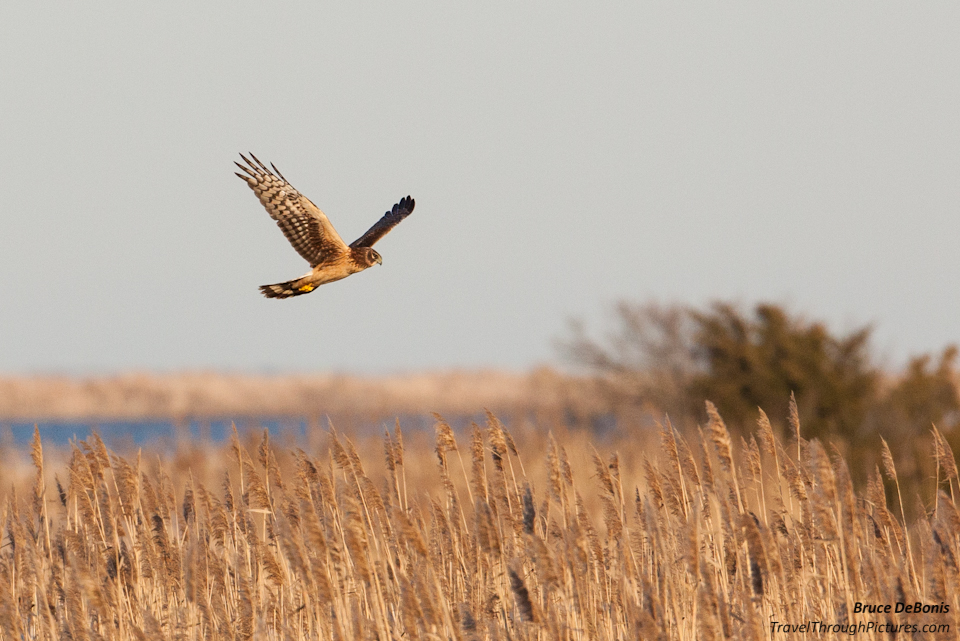
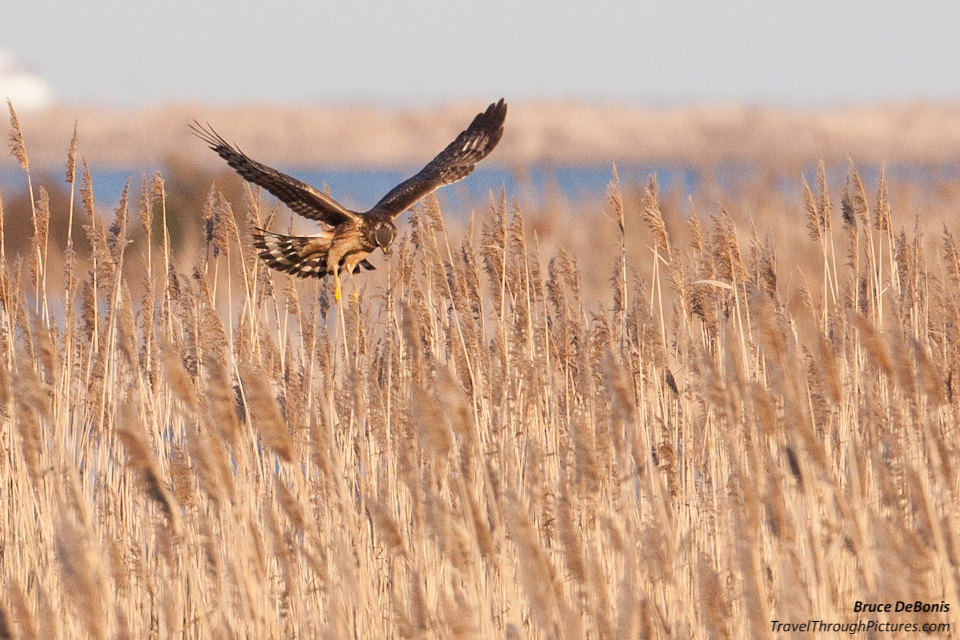


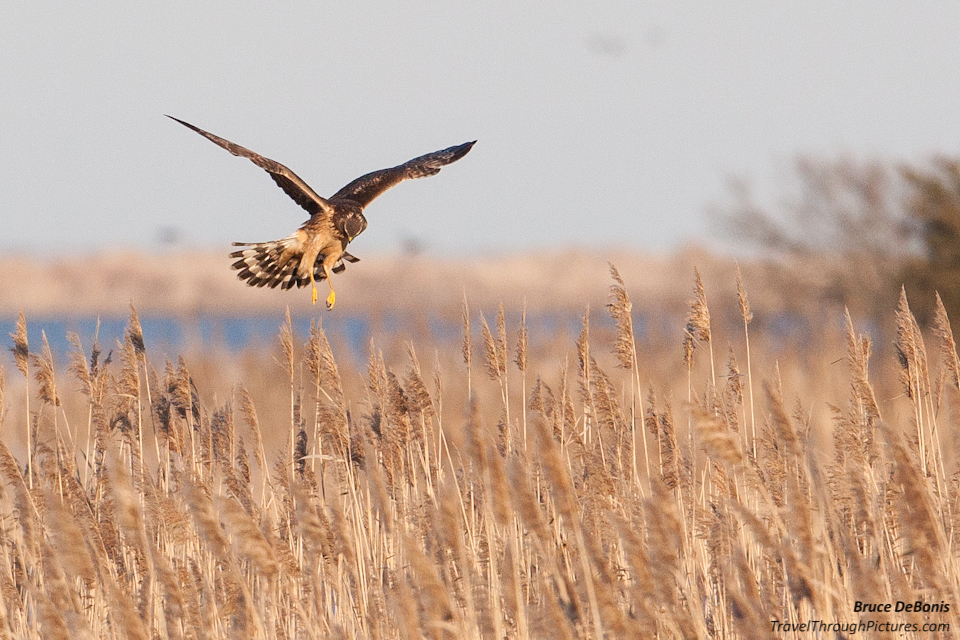
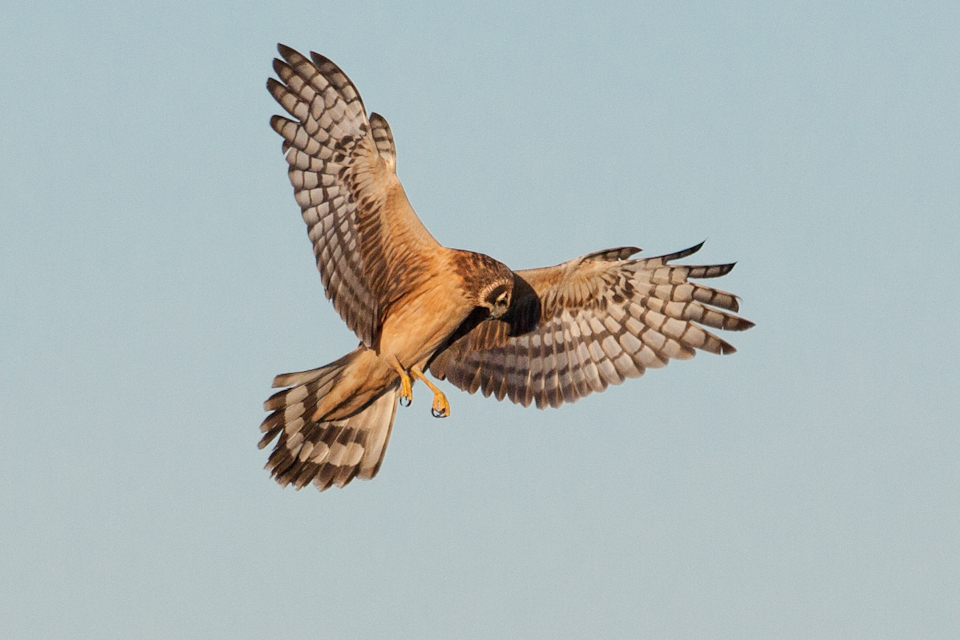
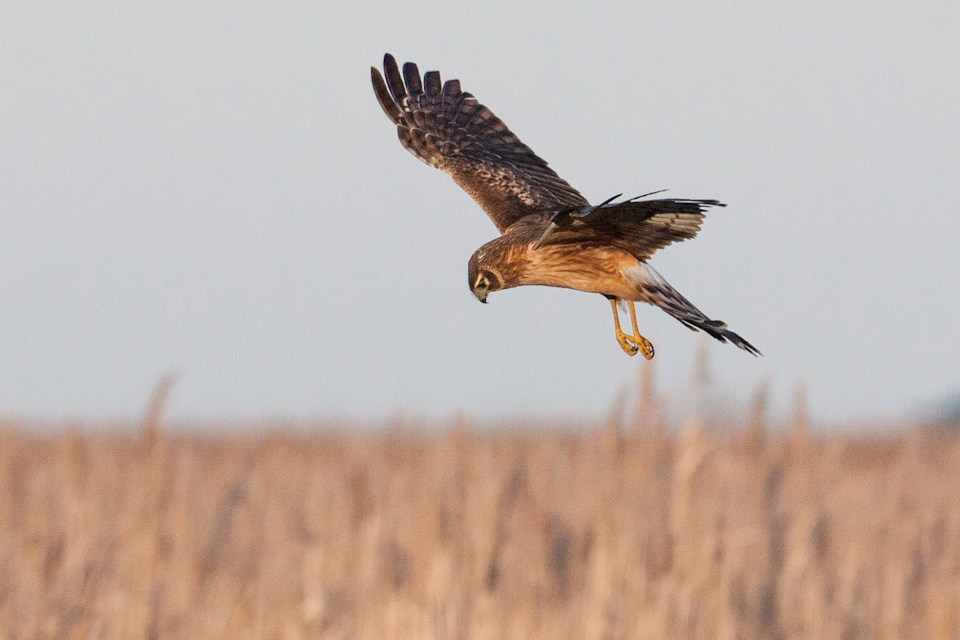
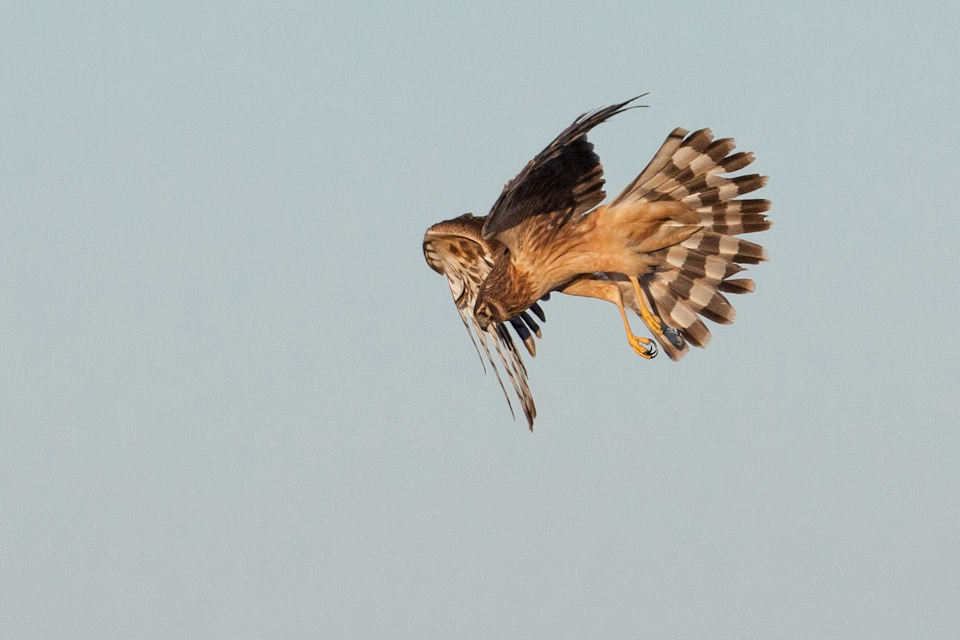

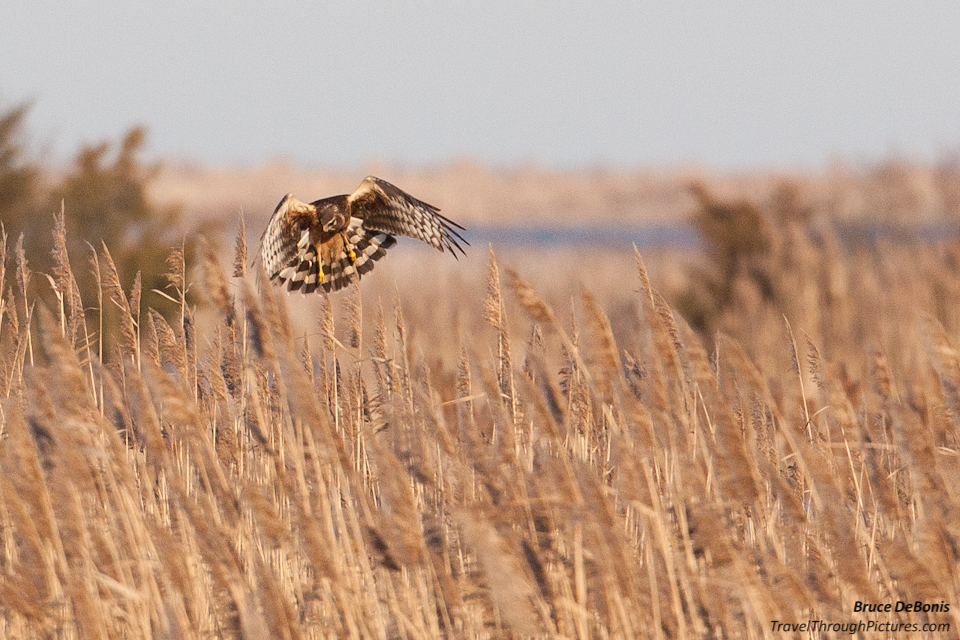

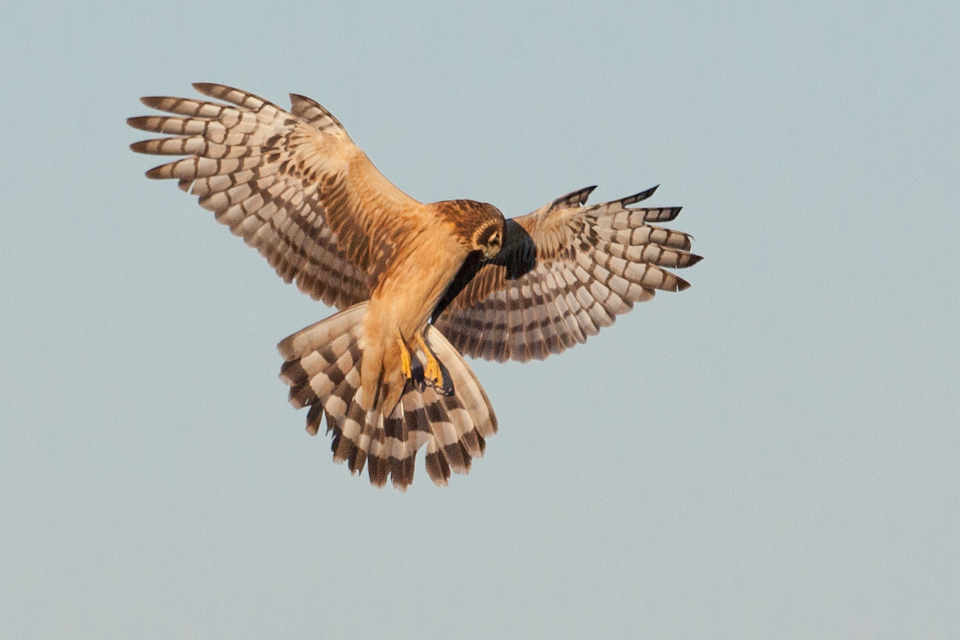

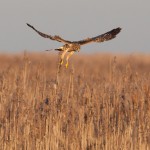
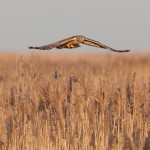
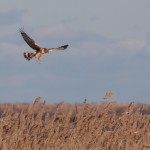
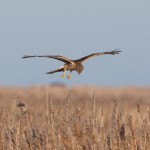


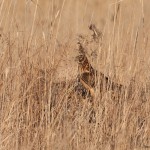
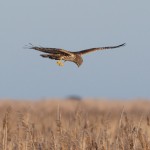
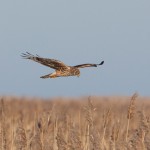
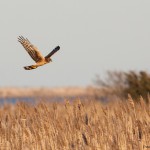
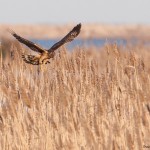
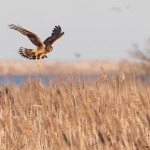
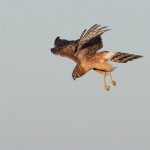
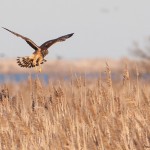
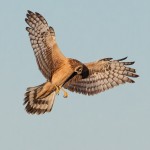
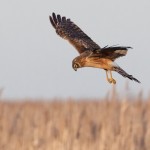
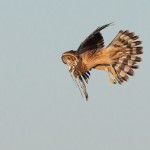
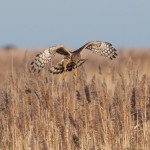
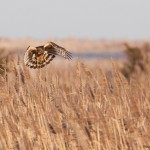
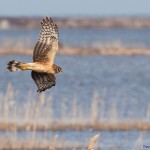
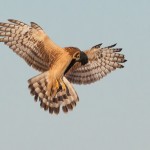
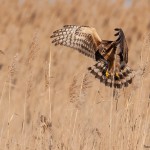
2 Responses to “Northern Harriers – Cool Hawks”